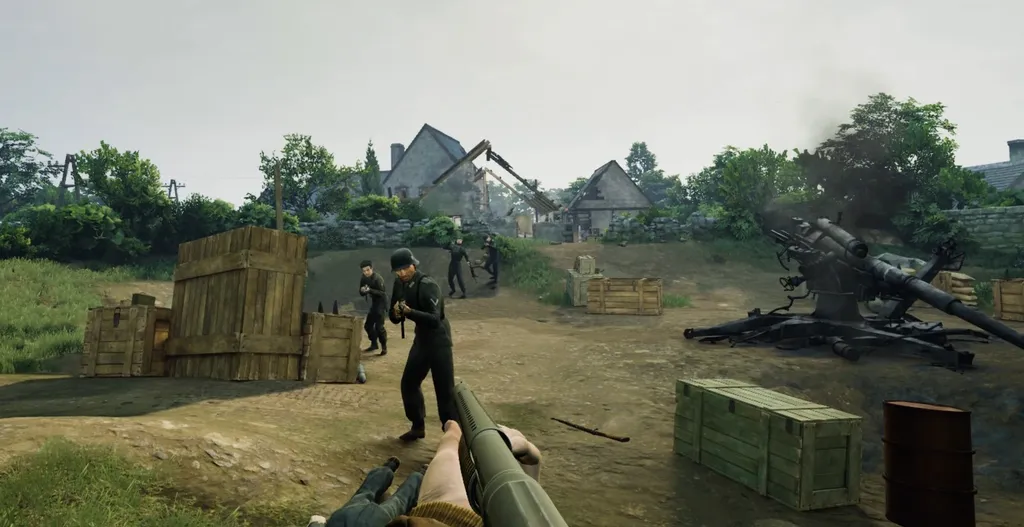Last week we had the chance to speak with Peter Hirschmann, Game Director at Respawn Entertainment on Medal of Honor: Above and Beyond.
We already published part of that interview in which Hirschmann discussed the upcoming VR shooter’s multiplayer game modes. Now you can read the majority of the complete interview transcribed down below. Some sections have been left out to improve clarity and flow and some passages have been lightly edited for consistency without altering any meanings.
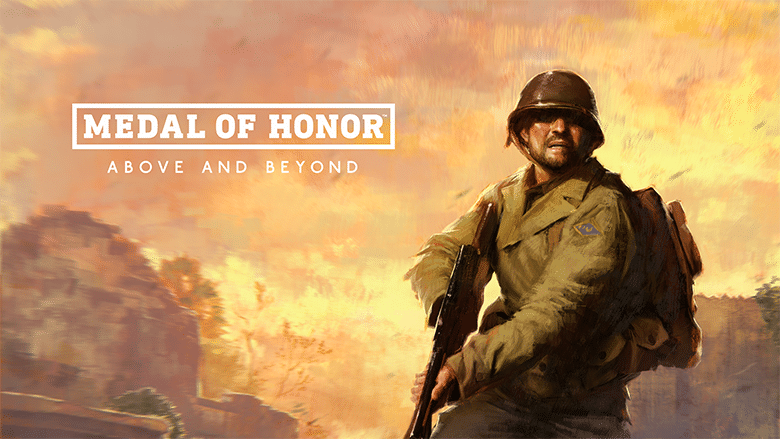
UploadVR: Let’s get started by talking about the new trailer. I thought it was great! As a piece of entertainment in and of itself it was very well done and very cinematic with lots of action. Last year we spoke about Medal of Honor as a concept was inspired by Saving Private Ryan and Spielberg as the origin of the franchise. The trailer felt like a return to those roots. Is that true for the rest of the game too?
Peter Hirschmann: The game as well? Well, you say it’s cinematic. When someone refers to something that’s cinematic, I think they’re typically referring to something that had an emotional impact through the combination of the cinematography, the lighting, the performances, the music, you know, it’s just such a key part of it all. And most importantly, whatever was happening from a story perspective around the characters, all those come together to create a cinematic moment. But a spectacle by itself is just gratuitous and pointless.
But if there’s stakes involved, especially involving characters that you’ve gotten to know, that’s when you have those cinematic moments. So with Medal of Honor, we’re trying to create those emotional moments and with VR, as you know, your head is the camera, so there’s no cutting, there’s no edits. Everything you experience, you experience literally in first person. You could say we’re putting the first-person back in first-person shooters. You don’t spend any time in cutaways, looking at other characters or looking at yourself in third person or seeing scenes that you’re not privy to. The entire experience, the entire game, is something that you experience in real-time, in first-person, from your perspective.
And the story, the immersion and stereoscopic nature of wearing an HMD just does not come through in trailers, you’re literally removing a dimension from the experience.
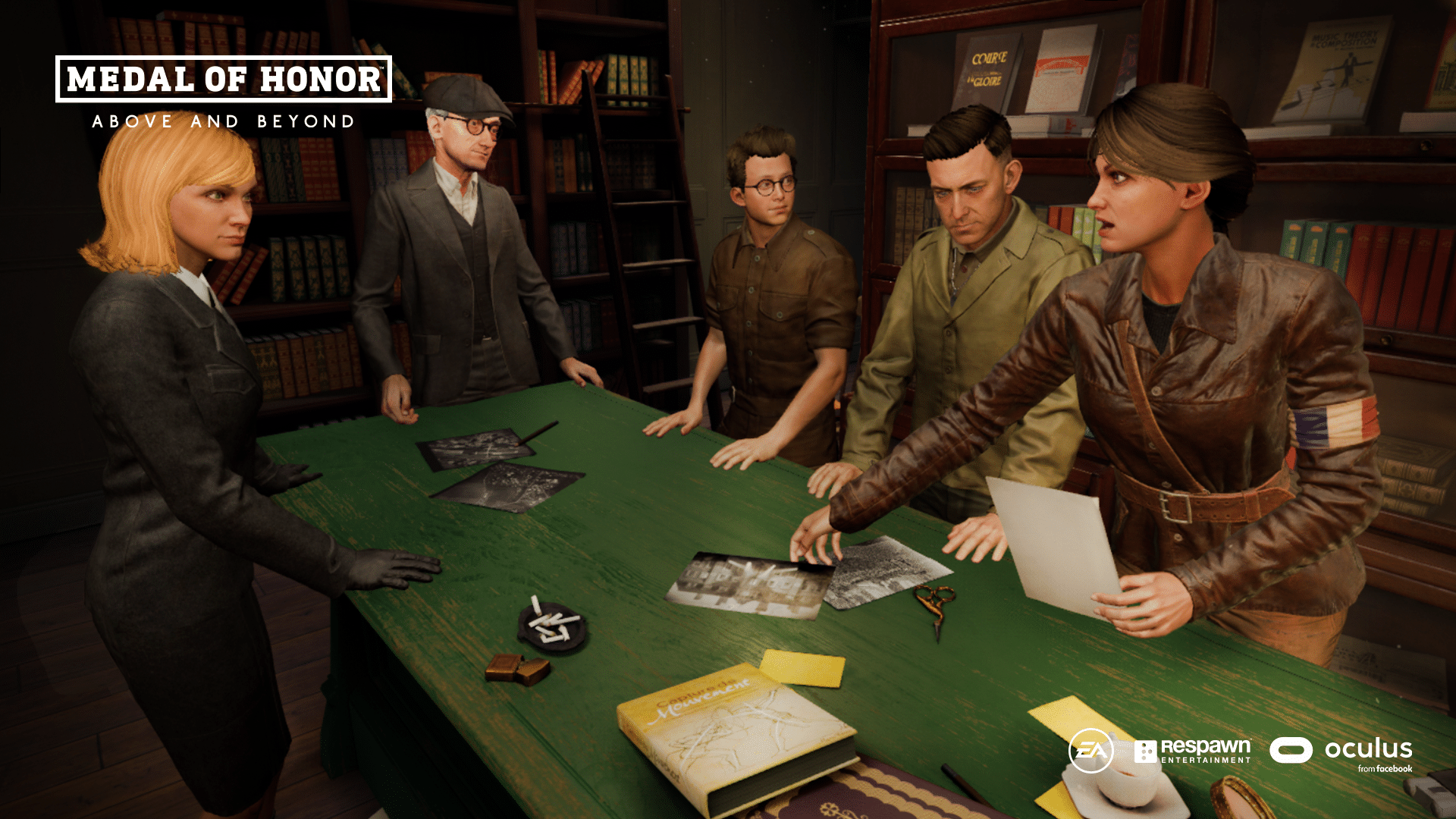
UploadVR: Kind of shifting gears a little bit, I know last year we talked about the length and the format of the game. I think you said it was shooting for around 10 -12 hours and there were 50 mission segments, that’s how you described it. Is that similar to how the game is structured now?
Peter Hirschmann: 54.
UploadVR: Oh! 54, okay.
Peter Hirschmann: Yeah. I think we’ve netted out it’s about 10 hours. If you play it with a consistent pace, it can certainly stretch much longer if you go after every collectible and go into every nook and cranny. But some levels are very linear, like the U-Boat. It’s just a giant metal tube. So, you know, you start at one end and fight to the back, but most of the segments are multiple paths, sometimes three or four different ways to play through it.
There are lots of different ways to play, just even one piece of geography. So if you’re not speed-running, but if you’re playing at a natural pace and experiencing the story, it’s netted out to about 10.
And when you add, well, we haven’t talked about these much, but we have what we call combat exercises. The final name might be a little different, the shipping version, but they’re sort of just shooting Nazis because it’s fun.
I gotta be careful here, I don’t want to say gauntlet-style levels, but they’re sort of challenges. We just put you into a small map and just waves come at you while we let you kind of play with different weapons.
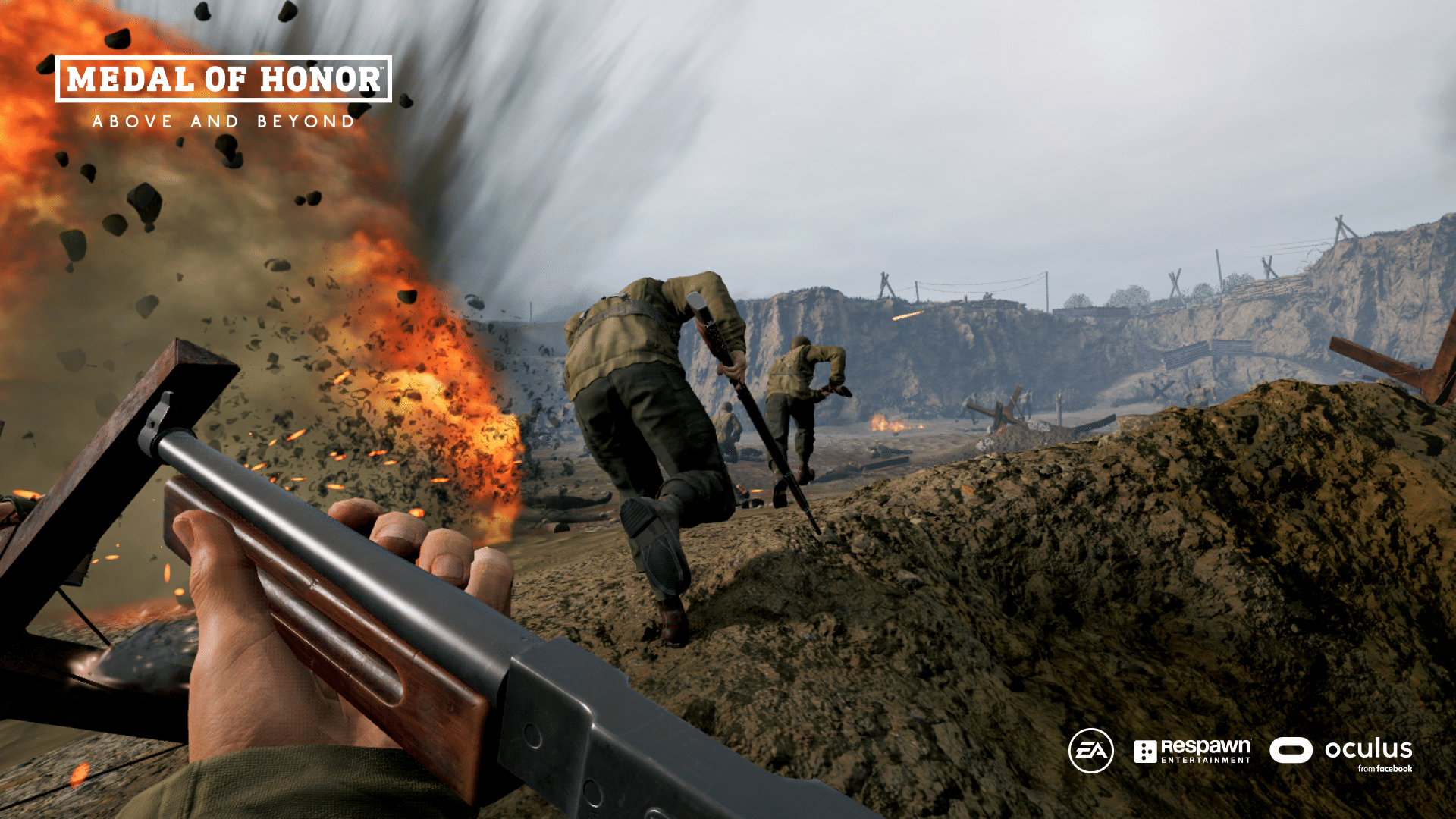
UploadVR: Oh, great. That kind of stuff is quite popular. I feel like it’s even more popular in VR, because I feel like with a lot of VR games, especially shooters, it’s difficult to take the time to appreciate how a weapon handles when you’re in the middle of a mission. So I think people love those sorts of shooting gallery / wave arenas where they can just kind of adlib a little bit more.
Peter Hirschmann: That’s exactly it. It came out of honestly our gray box test level that we literally have as just a giant gray box that we would use to test weapons.
And then we just added some Nazis walking around that would react. And it was like, s***, this is pretty fun. And like, can we gamify this? And then, the idea of it even becoming not just a mini game, but giving the player the opportunity to play with the weapons before they’re in the mission. Thematically, it’s like you’re visiting the quartermaster and they say, ‘Here you go. Take all the time you want!’ And the gamified leap is, you know, you’re using your imagination that instead of shooting targets we give you actual fully-animated characters to shoot at as the gamey conceit.
UploadVR: Yeah, you can tell modes like this are quite popular. For Boneworks, back whenever that first came out, one of the first things people were asking for was that kind of content because when they were doing YouTube videos and stuff during development they had that sort of gray box test level that they would show off all the weapons and physics. And everyone was like, ‘Wait! Hold on! Where’s this level, I just beat the game. I never got to go there!’
Switching gears again, can you divulge any details about the opening mission? Yeah. I don’t remember if we talked about this last time.
Peter Hirschmann: Yeah. Well, the opening, the prologue, we have a prologue, so the prologue, you know, and this is getting back to. Again, pulling some elements from those original Medal of Honor games forward into this game, one of the key narrative pieces of that original Medal of Honor was the character you’re playing being nominated for the Medal of Honor before the game starts. That’s what gets you the attention of the group that recruits you.
The Medal of Honor is a sacred award. The Medal of Honor is not something that you should be earning points to unlock. It’s in the language of the Medal of Honor itself. You never talk about people winning, people are awarded it.
So we thought let’s bring that idea forward to this game. In earlier MoH games it always happened off-screen but we thought we could give you just a little taste of your character. The prologue starts at North Africa and originally it was just gonna be an of-screen sort of thing that the player goes in and does a daring rescue mission to to save some allied troops.
But that implies an existing high-level of skill and we don’t know want the player to have to do that at the very beginning of the game. So we have this conceit that you’re wounded, you’re hurt in the execution of that mission, which is true to the nature of the award. If you ever meet a living Medal of Honor recipient you’re meeting someone who should have died.
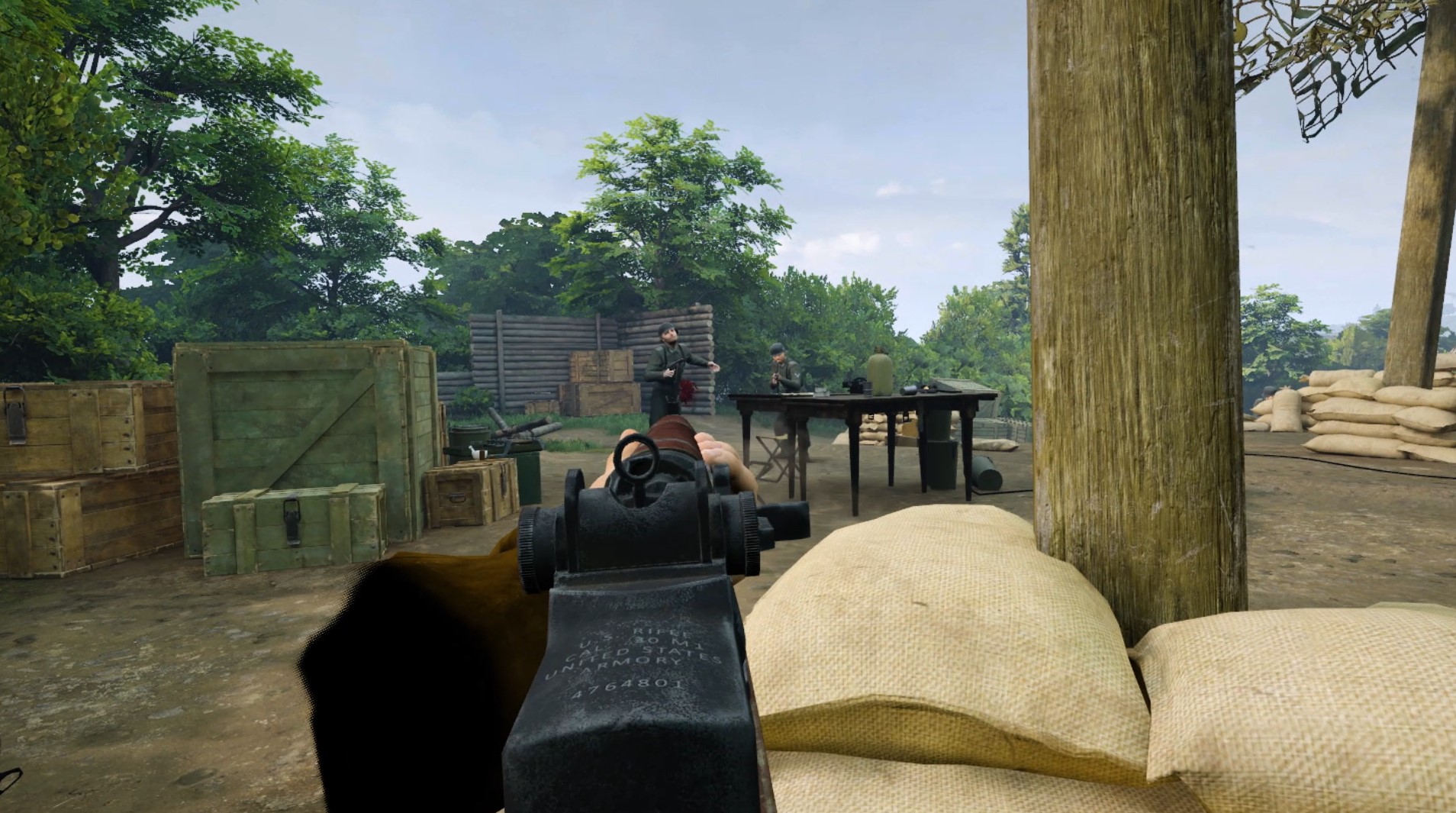
UploadVR: So essentially you play as Tom Hanks in Saving Private Ryan, but if he had lived at the end.
Peter Hirschmann: Yeah, yeah, yeah. You’re waking up. I never actually made that connection, but yeah, that’s a good one to make. The medic gets you in time. And, the thing is, it’s a game about shooting Nazis. We wanted you to be able to shoot a Nazi literally in the first 15 seconds of the game.
So as you awake and look around it’s North Africa, there’s Desert Corps running around, Palm trees, and as you’re coming to the NPC allies are quickly give you context of everything.
By now you know you did something heroic. Then out in the distance you see a Nazi running at you and we give you the chance to pull your pistol out and shoot that first Nazi right then within the first 10-15 seconds of the game.
UploadVR: Going back to something you mentioned earlier about ‘Putting the first-person back in first-person shooters,’ my question about that is now that we’re almost five years into consumer-grade VR we’ve obviously had a lot of first-person shooters in VR. What are some of the ways that you feel Medal of Honor differentiates itself?
We’ve all played Onward, Pavlov, DOOM, Farpoint, Firewall, and all those kinds of games. So where does Medal of Honor sit on that spectrum and how is it different?
Peter Hirschmann: Well, every game you just named is great. We’ve played and loved and learned from them all to be sure.
We want to make it as accessible as possible. Accessibility for us is a term that has a lot of important meanings that applies to different elements of the game. Of course, you start with the controls. I mean we are on this cutting edge state-of-the-art platform and it’s one of Miyamoto’s tenets going all the way back to the early days of console: It all starts with the controller. Back then, it was a D-pad and two buttons and now, you know, it’s motion controls. I mean, it’s crazy, but that core still applies. It all starts with the controls.
We spent two years just iterating on the weapons stuff. We wanted to build something that felt immersive but didn’t overwhelm the player.
UploadVR: If I remember correctly, the reloading is not like a one-to-one simulation, like in something such as Onward. It was kind of a halfway point.
Peter Hirschmann: Yeah, that’s a great way to put it. For most weapons it’s a three-step process. Eject the clip, grab a new one, slam it in and charge the weapon. And then every weapon is a little bit different. Like, maybe the bolt is on a different side, where you load it’s a little different, and so on. It’s something that becomes a slightly skill-based activity, but you build a muscle memory for it.
UploadVR: Can you tell me anything about multiplayer?
Peter Hirschmann: You know, we have conventional modes that just by the nature of being in VR and being the nature of our systems, it’s a different experience. It’s just the locomotion and being able to lean and peek and hide and say cover.
That adds a depth beyond just straight death match and TDM [team deathmatch] that’s cool. Our take on sabotage is something that you can only do in VR because of how you interact with the environment and how you interact with the mode playing off of bomb placement for bomb diffusal fantasy.
You know, there are things you can do in VR. And again, we abstract it down to the most accessible mechanics. But with VR where you’re interacting with the world and every surface is available to you. There’s things you can do that are really cool, that would be hard to do on a flat screen.
That would be hard to do with just a conventional controller. And those are the kinds of things that we really leaned into and went deep on because it’s like, wow, this again, death match, team death match, domination, whoop — gave one away!
When you put them in a VR environment you still put them in our maps. So due to the weapon handling and nature of the platform, they’re going to feel different. But at least the rule sets are the rule sets and conventional and easy to get.
UploadVR: Cool! I’m really excited to hopefully learn more about the multiplayer soon.
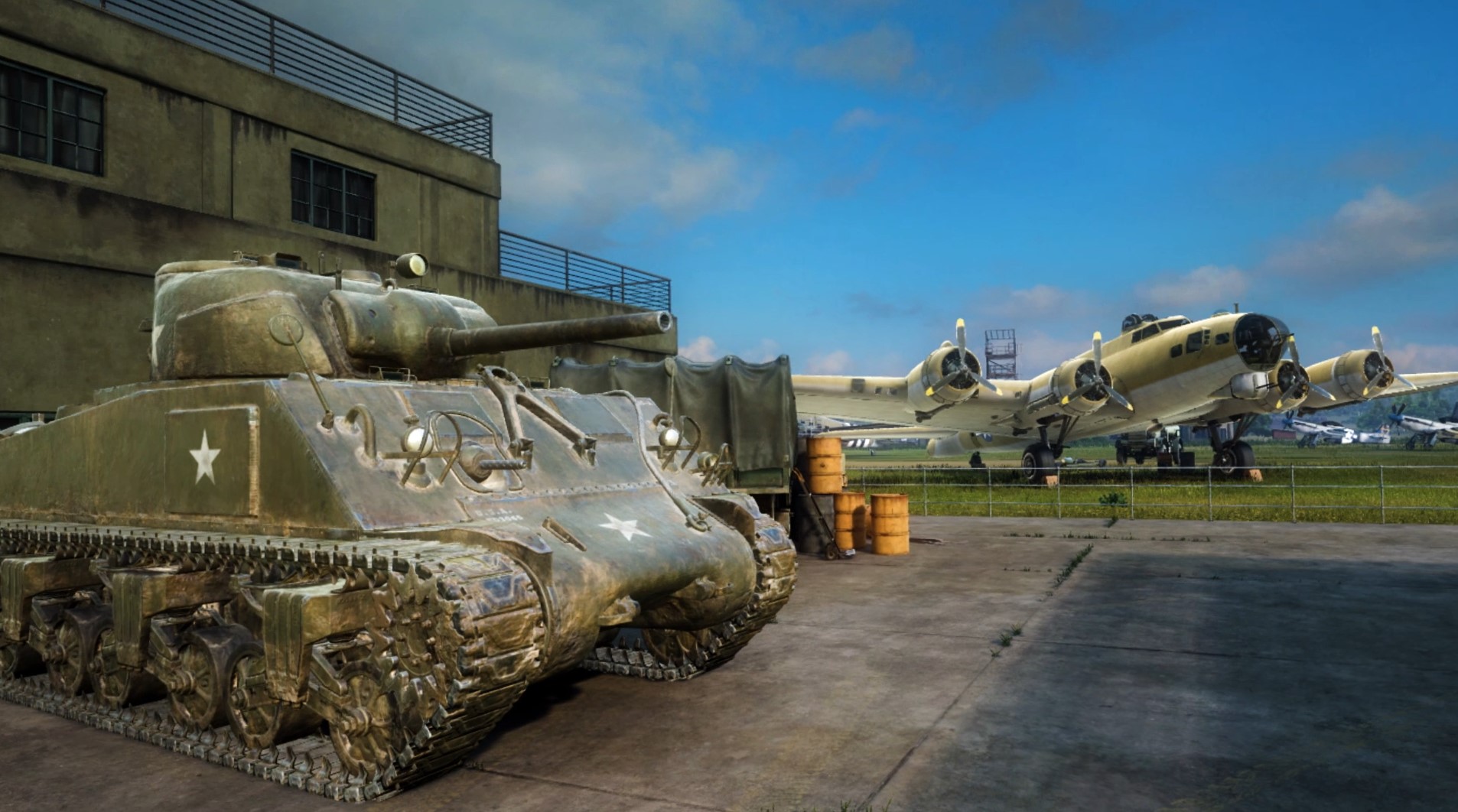
Medal of Honor: Above and Beyond still doesn’t have a release date, but the latest trailer from Gamescom indicates it’s still coming this year exclusively to the PC VR Rift platform. Stay up to date with all the latest Medal of Honor VR news in our coverage hub for the game right here.
What do you think of how it sounds? Let us know down in the comments below!

